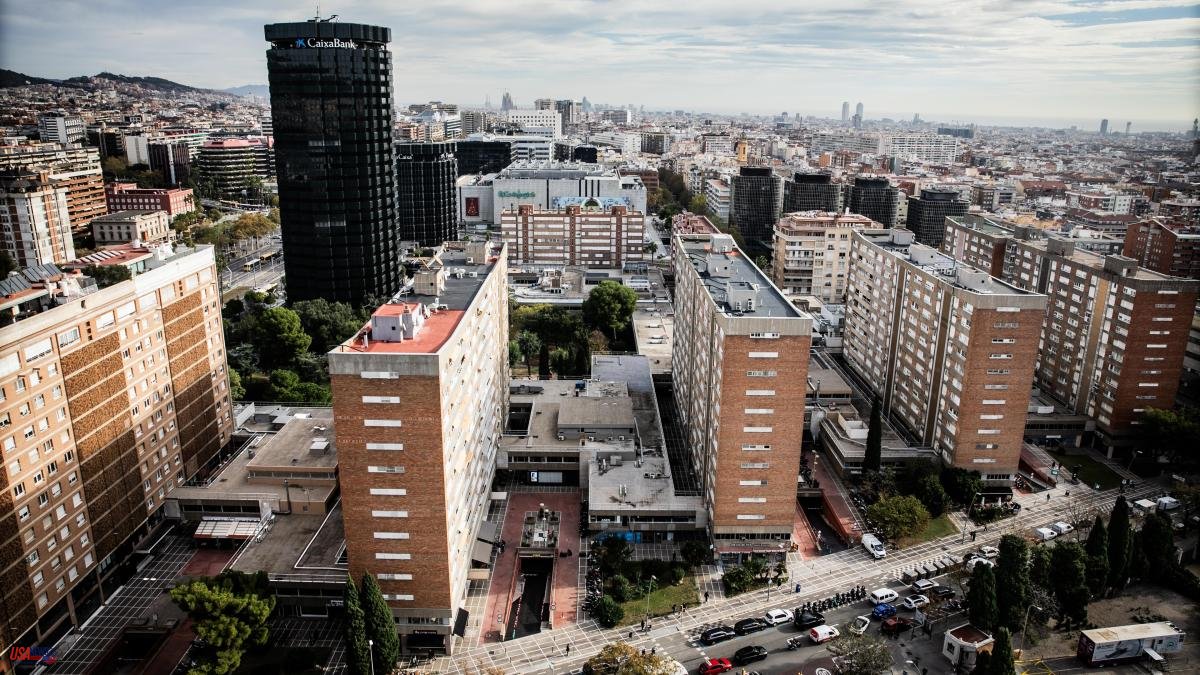More than half of the world's population already lives in cities and it is estimated that by 2050 this figure will increase to 75%. Currently, 50% of the urban population lacks services such as public transportation and some 1.1 billion people live in slums. Rapid urbanization has led to development marked by inequality, with cities lacking public natural spaces, lack of housing or poor infrastructure. An urban planning model that demonstrates inefficient resource management to address challenges such as improving air quality.
Sustainable Development Goal number 11 aims to make cities inclusive, safe, resilient and sustainable. According to the UN-backed report The Weight of Cities, this requires putting urban metabolism into practice, that is, replacing the current linear flow of spending and waste of resources with a circular model in line with responsible consumption. The authors of the report defend that to change the urban metabolism, not only must the 'intake' of resources be reduced - they recommend 8 tons per year per inhabitant compared to the current 17 - but they also recommend the adoption of technological monitoring systems for better management. more effective aspects such as mobility or land use.
The concept of urban metabolism understands cities as ecosystems integrated by complex urban systems, such as communities of people, the food distribution chain or energy, water and sanitation supply networks. Achieving sustainable development implies that these systems are related in such a way that the flow of resource consumption is circular. To achieve this, the report proposes creating urban centers with a high population density (15,000 inhabitants per square kilometer), in turn surrounded by medium-density settlements (between 7,500 and 10,000 inhabitants/km2). In this way, homes, services and work centers are distributed compactly in the form of nodes that remain interconnected through an efficient and affordable public transport network.
In this mission, the role of companies is fundamental. These are required to stop offering products such as boilers or vehicles in favor of high added value services, such as heating or energy systems that take advantage of already humanized spaces—rooftops, highway medians, canopies—to locate the precise installations. Likewise, the development and implementation of technologies such as AIoT (Artificial Intelligence of Things) is essential to efficiently measure and manage resource consumption flows.
Experts from the International Resource Panel, dependent on the UN, recommend that political agents apply the idea of 'learning by doing', since there are no concrete solutions. That is why horizontal networks must be created between cities to detect the challenges and opportunities to achieve a good metabolism.
In this way, cities can observe, replicate and analyze the impact of the strategies, experiences and resources that they share with each other. In addition, the panel of experts urges governments to invest in the creation of decentralized organizations for this purpose.













